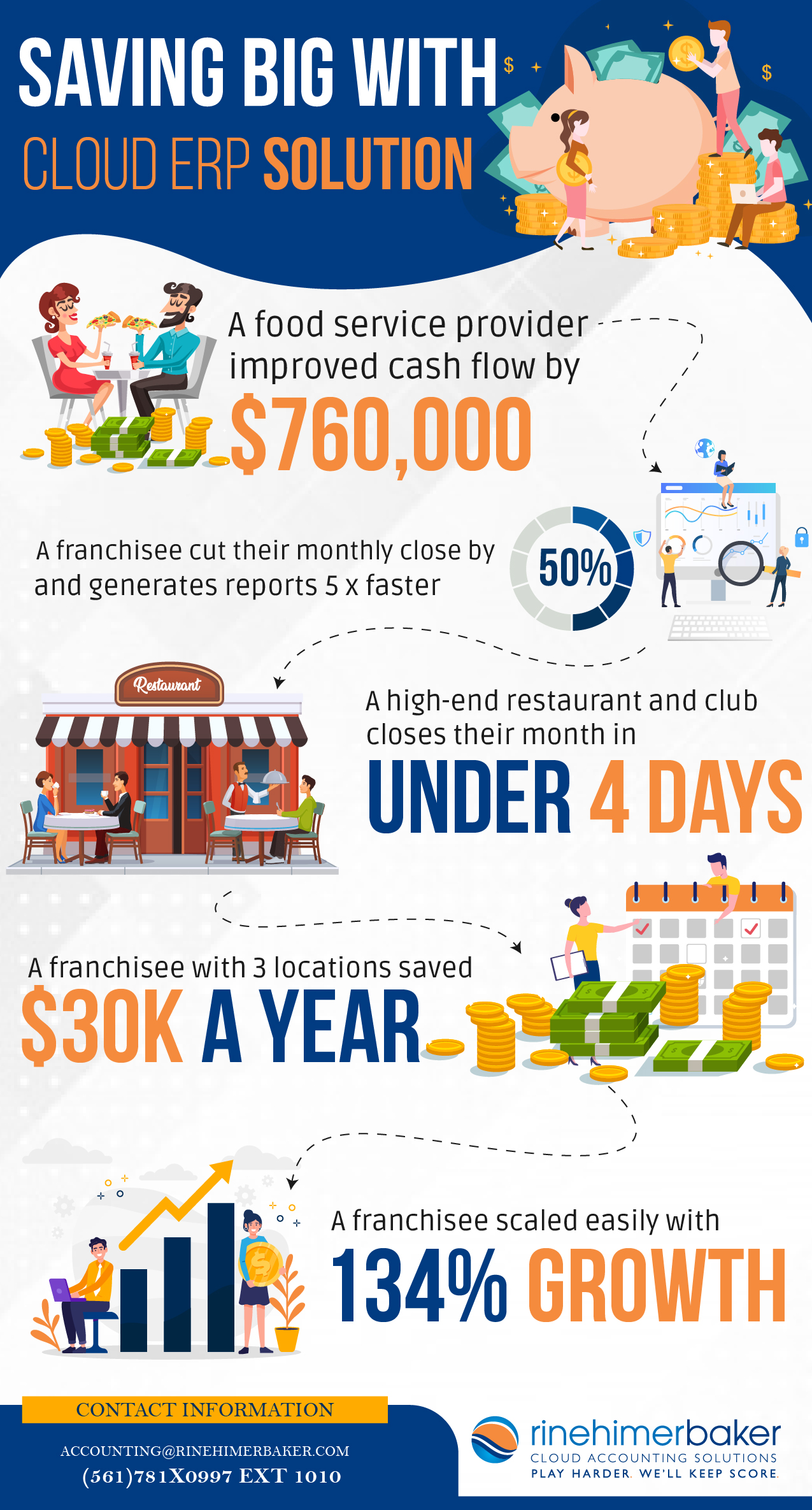Transform Your Business Through Sage Intacct Dashboard Feature
For business leaders a clear, concise dashboard that showcases real-time information allows them to easily see a digestible snapshot of their company’s status. Without a dashboard providing performance cards, reports, and graphs an executive or financial leader could be left in the dark on what is occurring in their business. Companies without dashboards often waste time on pulling, sorting, and formatting data rather than focusing on understanding their finances and strategizing on steps for improvement.
What does a customized dashboard look like?
8-10 key performance metrics, covering both financial and non-financial data, that are important to you and your company. You can even harness the power of Sage Intacct’s open API to integrate other software programs, allowing your dashboard to incorporate key data from other company systems, like volume, pricing, shipments, market share, and more.
Dashboards are modern and interactive, allowing you to quickly drill down with the click of a button to find out what is driving the results you are seeing. You can sort, filter, or slice and dice the data any way you want to dive deeper and truly understand your financials, ultimately giving you total power over your financial well-being.
How are you transforming?
Since the data being displayed is real-time financial leaders can use these metrics to make business-changing decisions and drive their management team’s actions. What’s even better? Each user’s dashboard can be customized to the metrics that pertain to their job. With each executive and finance team member having their own dashboard they have anywhere, anytime access to the data they need to deliver at peak performance, without comprising data security.
Dashboards will become your “finger on the pulse” of your company, forever changing how you and your team react to changes. At the end of the day, your company will have an edge on the competition by shifting from spending time aggregating data to spending time analyzing and acting upon insights.
rinehimerbaker is an outsourced cloud accounting company that can do it all. We offer consultation and implementation of cloud-based ERP solutions, outsourced accounting, and more. Contact our team at accounting@rinehimerbaker.com to find out more about how we can help you keep up with 2020’s biggest accounting trends.














